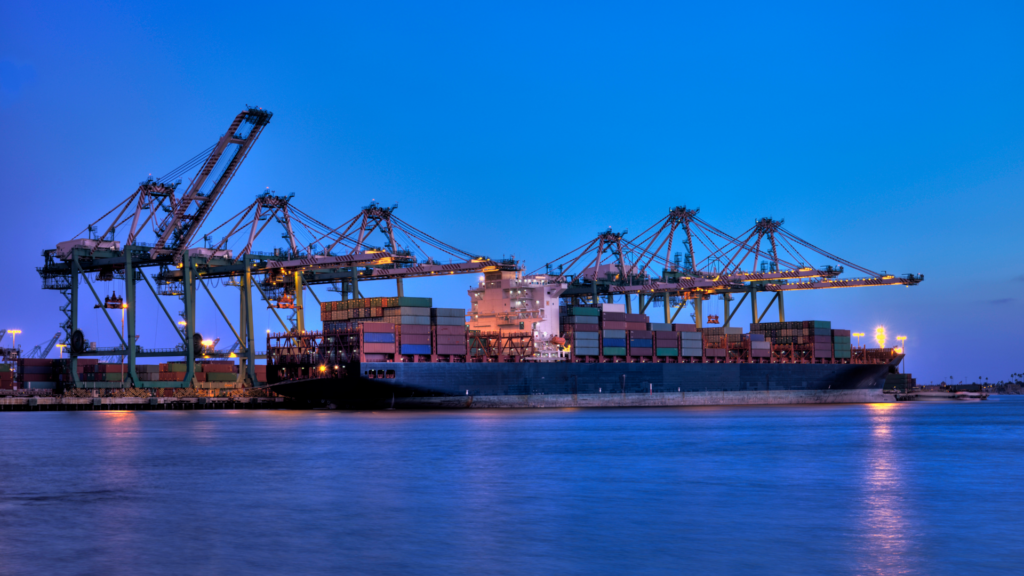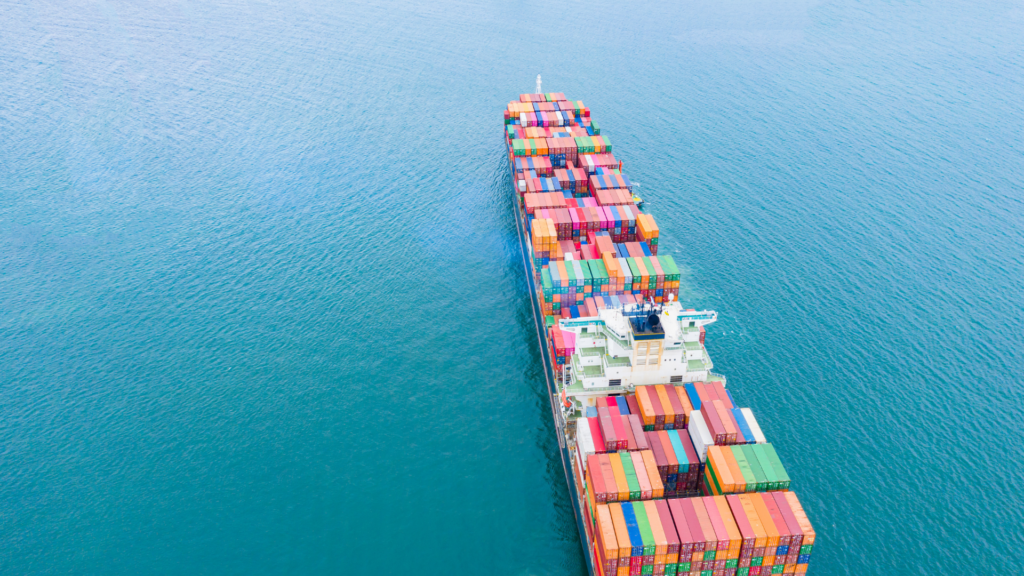FMC + CBP, Embargo, Tentative Deal, and a Stronger Market.
Your weekly All-Ways round-up of supply chain news.
Under Scrutiny
The US Customs and Border Protection has taken many steps to enforce the laws prohibiting imports of goods made with forced labor.
But it comes at a cost.
The FMC urges the CBP to straighten out its processes to ensure that the enforcement of the law doesn’t disrupt the supply chain.
Federal Maritime Commission Commissioner Carl Bentzel recommended a few ways “to help ensure the continued efficient and fluid movement of containerized cargo,” which will also help reduce administrative costs to the CBP and detention costs to importers.
➡️ Creating uniform procedures for products detained under the Uyghur Forced Labor Prevention Act. Lack of consistency in securing and storing the products is causing delays in the supply chain.
➡️ Relocating products to bonded warehouses or CES facilities is ideal so that products can be properly stored in climate-controlled environments with proper procedures in place.
➡️ Communicating with the owners of the detained product to understand the commodity’s storage requirements.
➡️ Clear instructions and guidance should be given on how UFLPA-detained ships will be handled to all relevant parties such as port authorities, transportation and security agencies, and importers.
This is the second time this month that the CBP comes under scrutiny and is being urged to revise its forced labor enforcement efforts.
Buckling Down
Key allies of Ukraine are considering tightening the ban on most exported goods to Russia as a means to increase economic pressure on the country.
Ahead of the summit in Japan in May, Group of Seven officials are discussing the idea. Under the new approach, all exports will be banned unless exempted. Medicine and agricultural products are products that will still be allowed to be exported to Russia.
Implementing such sanctions would come with many obstacles. All members of the EU would need to buy into the near-total embargo. Potential retaliation by Russia is of big concern.
There’s still about $66 billion of goods going into Russia from Europe, the US, Canada, and Japan.
Moscow has been finding ways around sanctions by using 3rd party countries, something which the EU and G-7 are trying to put an end to. Russia has responded to sanctions by implementing bans of its own and periodically cutting energy supplies to the EU.
This move would probably drive Russia closer to China in an effort to obtain alternatives to sanctioned goods.
The EU and G-7 are, in particular, targeting goods that can be used for both civil and military purposes that Russia is importing through 3rd party countries.
In an attempt to tighten the circumvention of sanctions, diplomatic pressure has been applied on other countries, restrictions have been added to any goods found in Russian weapons in Ukraine, and sanctioning any companies that have been helping Moscow get around the restrictions.
This will likely be a key point of discussion at the G-7 summit.
End in Sight?
For the last three weeks, ILWU Local 13 has continuously engaged in job actions at the ports of Los Angeles and Long Beach.
At least 6 of the 12 cranes in the container terminal have been red-tagged deeming them unsafe. This caused operations to come to a halt for the duration of the 8-hour shift or, in some instances, the whole day.
Additionally, Local 13 is continuing to delay the dispatch of workers to most of the port’s terminals.
Yet still, the ILWU has reached a tentative deal with the PMA on key issues, albeit no final contract just yet.
Negotiations began last May and contracts expired in June. This dragged-out process is creating a lot of frustration. A coalition of 238 US shippers and transportation interests have reached out to the White House, urging them to take action and settle the matter.
Looking On The Bright Side
Despite appearances, the current container shipping market can be considered strong, even though the many trade lanes’ spot rates have fallen below pre-pandemic levels. The truth is that carrier pricing practices aren’t as bad as they might appear at a glance.
Current and recent large rate declines are simply the next domino to fall as the market stabilizes itself, following the extremely high rates in 2021 amidst the myriad supply chain disruptions brought on by the pandemic.
Data from Container Trades Statistics (CTS) shows a sharp decline in the year-on-year growth rate of TEU miles from September 2022 through February 2023, which is the latest data available. However, these measurements are taken at time of loading, so February data can be presumed to cover cargo delivered through March and April 2023.
Comparing the same six-month periods in preceding years, it’s obvious that the demand drop is significant, with a volume lower than any similar period since the same period of September 2016 to February 2017.
Since 2017, the headhaul TEU miles for these six months have grown 6 percent and the global fleet of container vessels has grown by 28 percent, representing a high degree of overcapacity in the global market.
However, the CTS freight rate index, which includes all trades as well as both contract and spot cargo, for February 2023 is at 101, which, while down from a peak of 204, remains high as compared to pre-pandemic levels.
As it stands, supply and demand has worsened, as capacity growth far outweighs demand growth, but the global rate level remains substantially above the norm of the pre-pandemic era.
The imbalance between supply and demand will eventually right itself and freight rate decline has already begun to taper off, which casts the global rate level in a more positive light than one might assume. On the whole, it would seem carriers have improved in pricing and yield management when compared to pre-pandemic figures.





